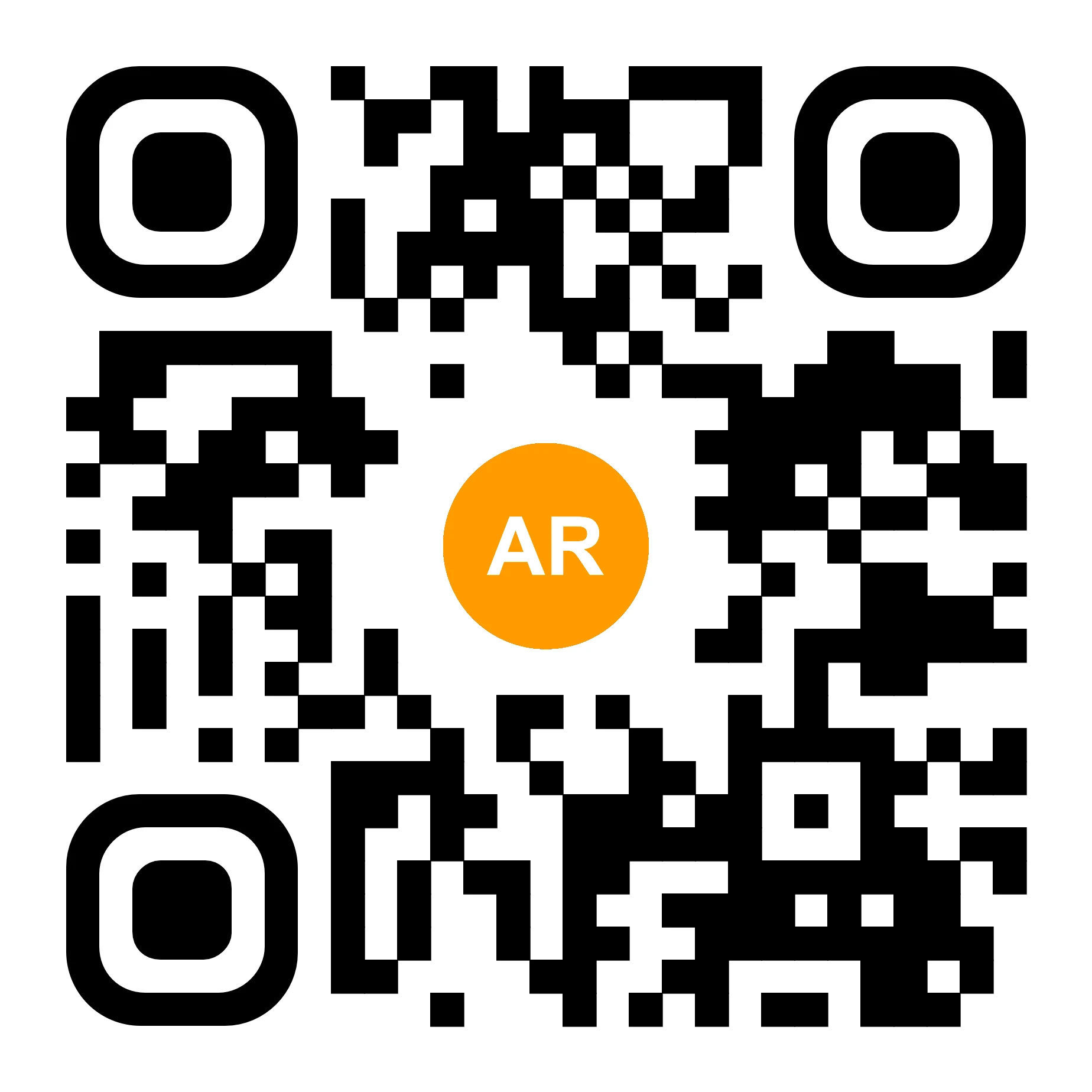Metaverse, Virtual Reality, and Augmented Reality: Apple's and Meta's plans
AR Glasses & Headsets | 02/12/2025 |
Augmented reality (AR) and virtual reality (VR) are transforming digital business strategies by enabling companies to deliver immersive, interactive experiences. Modern enterprises leverage AR and VR not just for entertainment, but to attract customers, boost engagement, and build stronger brand loyalty. Adopting AR and VR opens new possibilities for business growth and dynamic customer journeys.
This blog will clarify the core differences between VR and AR, explore their influence on the Metaverse, and show how AR Code SaaS solutions empower organizations to enhance brand experiences with AR Codes. Discover how AR QR Codes drive innovative marketing, increase customer engagement, and propel your business into the future of interactive digital experiences.
The Metaverse Legacy Begins: Second Life
Second Life, launched by Linden Lab in the early 2000s, was a groundbreaking platform for virtual business and social engagement. With customizable avatars and personalizable virtual spaces, Second Life pioneered user-generated content and laid the foundation for today’s Metaverse platforms.

As AR and VR have evolved, business opportunities have expanded far beyond Second Life. Embrace the next level with AR Code enterprise solutions—from interactive product visualization to innovative customer touchpoints, AR Code places your brand at the cutting edge of digital engagement.
Riding the Metaverse Wave
The "Metaverse" has rapidly come to define interactive, connected virtual experiences across industries, gaining momentum after Facebook rebranded as Meta in 2021. Originally described in Neal Stephenson’s "Snow Crash," the Metaverse today spans retail, education, and networking, presenting major opportunities for businesses ready to leverage AR and VR to connect and interact with customers worldwide.

Using AR and VR, companies can create seamless, interactive customer journeys across the physical and digital world. Learn how collaborative product design with AR Codes accelerates innovation, elevates marketing, and boosts results for your organization.
Meta Quest's Immersive Gaming Focus
Meta’s Quest VR headsets deliver industry-leading immersive gaming, training, and educational simulations, making them an asset for business. Meta Quest 2 stands out for realistic product showcases and engaging virtual demos. Enhance your marketing initiatives with interactive AR video advertising on Meta Quest—let AR Code make your brand unforgettable.
Unveiling Meta Quest Models
The Meta Quest 2, 3, and Pro headsets are equipped with advanced sensors and AR features, setting the bar for digital immersion. These devices are revolutionizing enterprise storytelling, audience engagement, and employee training, thanks to their seamless integration with the AR Code platform. Deploy AR Codes for marketing and hands-on training, all with streamlined management and scalability.
Apple Vision Pro: Redefining AR
Apple Vision Pro introduces a new era of AR for businesses, featuring premium sensors, top performance, and a refined user experience. This headset enables companies to launch immersive AR campaigns, stage product reveals, and create memorable branded experiences. For insights and strategic tips, explore the comprehensive Apple Vision Pro guide.
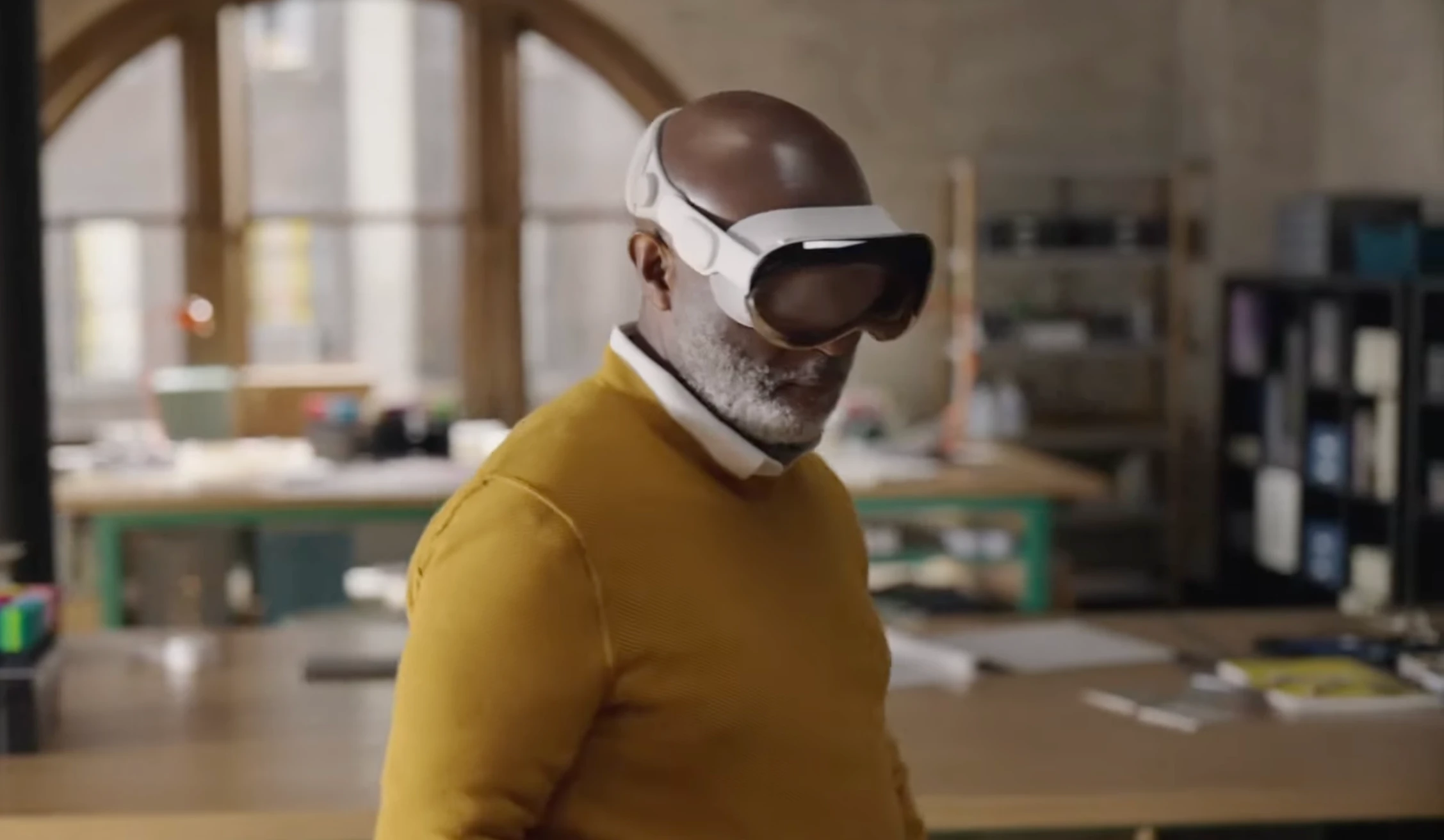
Apple Vision Pro empowers AR QR Code integration—ideal for virtual product demos, engaging 3D tours, and high-impact marketing. To stand out, integrate AR Code SaaS solutions with Apple Vision Pro and lead the way in customer engagement.
Apple Vision Pro broadens AR access and sets new benchmarks in brand engagement. Position your business for growth by leveraging AR Code SaaS solutions to deliver immersive product experiences and digital storytelling. Use scannable AR Codes for product displays to streamline customer decision-making and drive conversions.
Highlighted Features of the Apple Vision Pro Headset:
- High-resolution displays: 2 * 4K = 8K
- Advanced eye-tracking technology
- Hand gesture recognition and control
- Enhanced haptic feedback
- Spatial audio
- Integration with Apple devices such as iPhones and iPads
- ARKit and RealityKit frameworks for rendering
- 12 pass-through and tracking cameras/Lidar scanners
- Voice control and Siri integration
AR Glasses: The Next Frontier
AR glasses are transforming business by overlaying digital content, 3D models, and data directly into the workplace and customer environments. Global leaders like Apple and Meta are advancing AR glasses, unlocking business growth and unique marketing options with AR Code SaaS solutions. These wearables enable engaging, on-the-go experiences that maximize customer and employee engagement across sectors.
Current Major AR / VR / XR Headsets (as of Dec 2025)
- Meta Quest 3 and Meta Quest 3S – Standalone mixed-reality headsets (no PC/console required) running Meta Horizon OS, with Snapdragon XR2 Gen 2, inside-out 6DoF tracking and full-color passthrough. Quest 3S is the more affordable variant sharing the same content ecosystem.
- Sony PlayStation VR2 – Tethered VR headset for PlayStation 5 with 4K HDR OLED panels, eye-tracking, inside-out controller/head tracking and PS VR2 Sense controllers with adaptive triggers and advanced haptics.
- HTC VIVE XR Elite – Hybrid XR headset that can run standalone or as PC VR via VIVE Streaming, featuring inside-out tracking, high-resolution displays and color passthrough for mixed-reality use.
- Pico 4 – All-in-one standalone VR headset with 4K+ Fast-LCD displays, pancake lenses, inside-out 6DoF tracking and a balanced design optimized for longer sessions.
- Apple Vision Pro – Premium standalone “spatial computer” running visionOS with dual micro-OLED displays, advanced eye/hand/voice input and high-quality color passthrough for mixed reality and spatial apps.
- Samsung Galaxy XR – AI-powered XR headset built with Android XR, featuring a 4K micro-OLED display, wide field of view, inside-out tracking and deep integration with Samsung / Google services for productivity and media.
Legacy / Discontinued Headsets from the Original List
- Meta Quest 2 – Mass-market standalone VR headset now discontinued in 2024 but still supported in software for existing users. Superseded in the lineup by Quest 3 and Quest 3S.
- Meta Quest Pro – High-end mixed-reality headset targeted at prosumers and enterprise. Production has ended; Meta positions Quest 3 as the current flagship MR device.
- Microsoft HoloLens 2 – Untethered enterprise mixed-reality headset. Production ended in 2024; Microsoft will continue software and security support for deployed devices until the end of 2027.
- Samsung Gear VR – Phone-based VR shell for select Galaxy smartphones, fully discontinued with Samsung’s XR services and app support retired. Listed here as a legacy, no-longer-sold device.
Businesses adopting AR Code-powered solutions via AR glasses can deliver memorable demos, remote training, and highly personalized customer touchpoints. Stay ahead—discover how customized AR Code experiences can boost your brand, drive engagement, and drive results for your company.
Frequently Asked Questions
What are the differences between VR and AR technologies?
VR immerses users in fully virtual worlds, creating ideal environments for entertainment, education, and simulations. AR overlays digital elements onto the real world, enabling interactive content and experiences without losing context. For cost-effective and scalable engagement, AR is the top choice for businesses. To learn more, read our guide on AR Codes versus QR Codes.
What is the Metaverse?
The Metaverse is a vast digital universe integrating AR, VR, and 3D environments for real-time interaction and collaboration. Companies use the Metaverse to enhance marketing, training, and customer experiences, gaining a competitive edge in digital engagement.
What are some popular examples of Metaverse platforms?
Second Life pioneered virtual engagement, and Meta Horizon is now a leading social VR platform offering immersive collaboration and gaming. Discover more about industry trends in Metaverse, Virtual Reality, and Augmented Reality: Apple's and Meta's Plans.
AR Glasses & Headsets - Latest Blog Posts
AR Code's 3D Modeling Apps for the Apple Vision Pro

Unlock transformative business innovation and customer engagement with next-generation AR Code SaaS augmented reality solutions—now optimized for the Apple Vision Pro AR/VR headset and fully compatible with iPhone and iPad. With the launch of the Apple Vision Pro on February 2, 2024, your business can leverage...
AR Videos on the Meta Quest 3 with AR Code: A New Dimension of Immersive Advertising
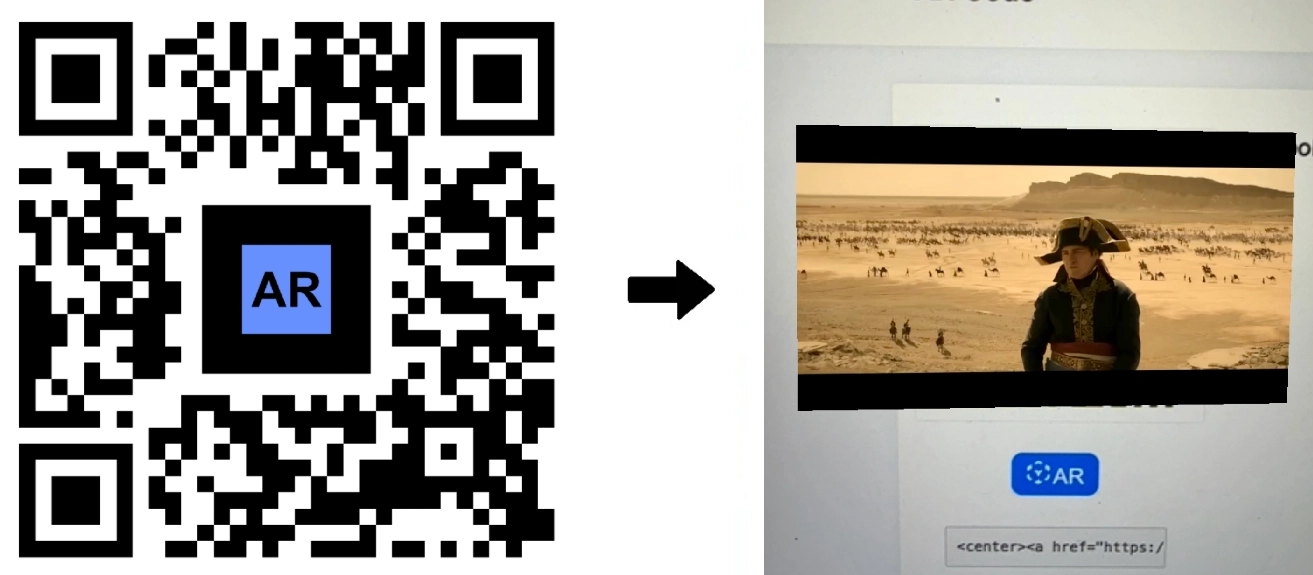
The launch of the Meta Quest 3 is revolutionizing the augmented reality industry, delivering immersive AR video content that drives business results. Modern businesses ready to stand out and amplify brand engagement can unlock new opportunities by leveraging Meta Quest 3’s advanced hardware with the innovative...
AR Code on the Meta Quest 3: Enhancing Visualization of 3D Models in Augmented Reality
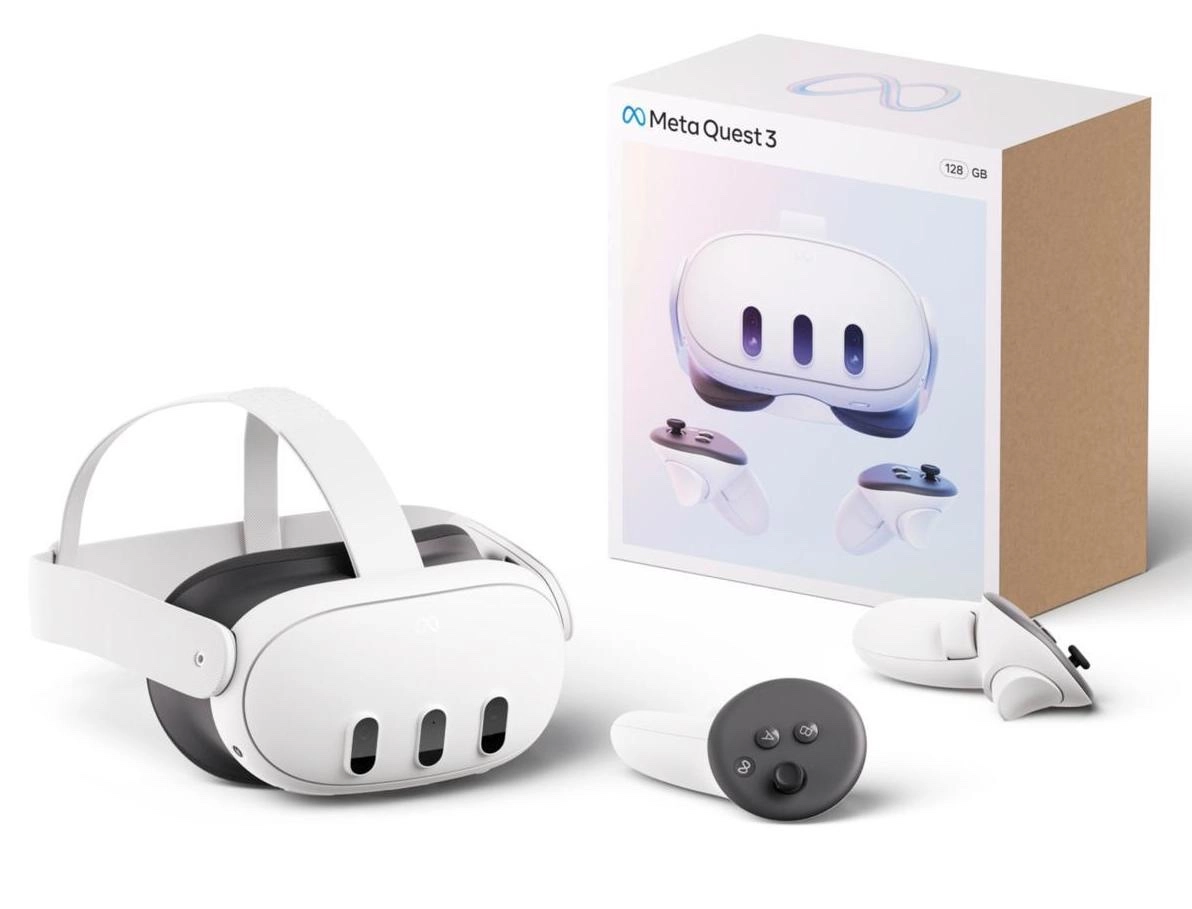
Meta Quest 3 leads businesses into a new era of augmented reality and virtual reality. Debuted at Connect 2023, this advanced headset delivers a sleek, ergonomic design powered by the Snapdragon XR2 Gen 2 processor and up to 512GB of storage. These enterprise-level specs make Meta Quest 3 the ideal gateway for...
AR Codes are Automatically Compatible with the Apple Vision Pro and its VisionOS
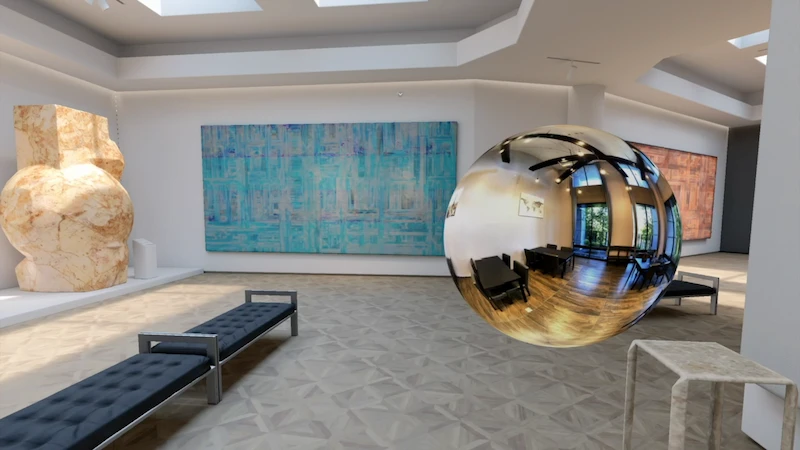
Enter the rapidly expanding world of augmented reality for businesses with AR Code SaaS solutions, designed to bridge physical products with immersive digital experiences. Elevate your company’s customer engagement and brand value using Apple Vision Pro and AR Code’s advanced SaaS platform, delivering measurable...
Apple Vision Pro Headset Details and its 3D Models USDZ & GLB via an AR Code
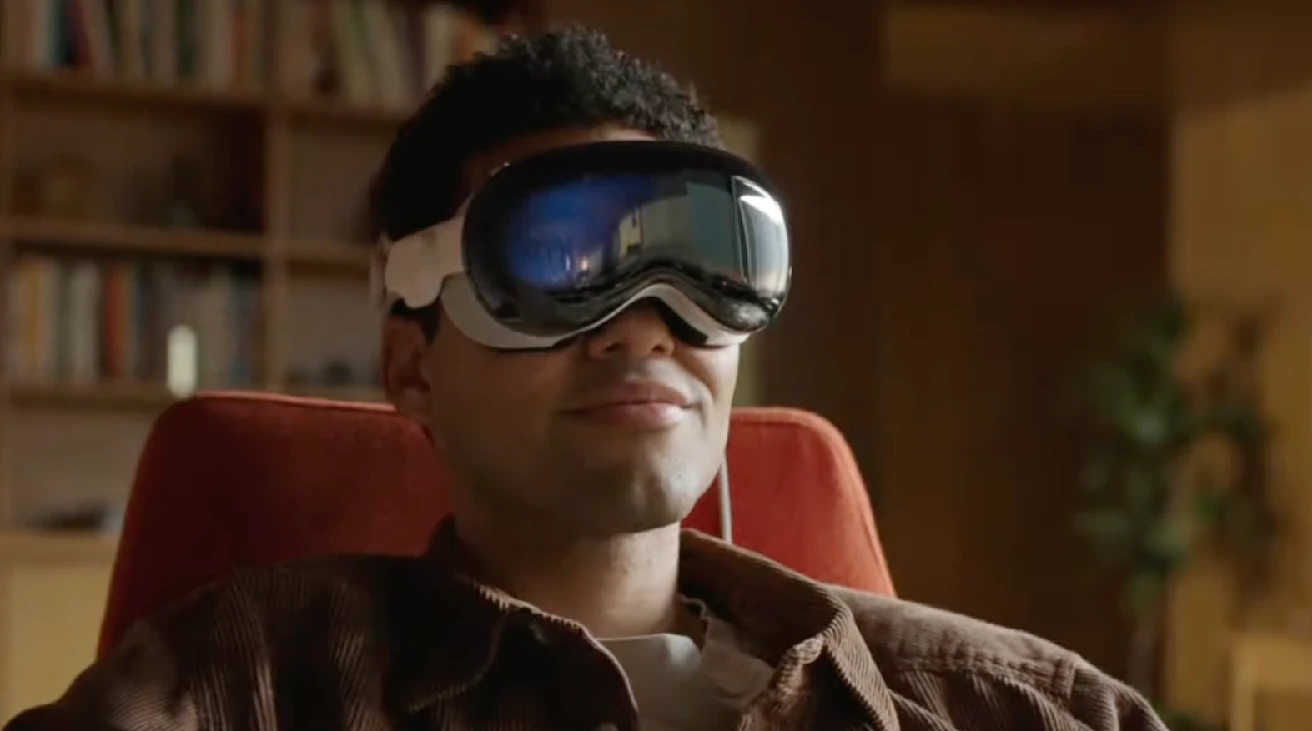
Empower your business to lead the immersive technology revolution with the Apple Vision Pro headset. Launching February 2, 2024, this device features the high-performance M2 chip, fast Wi-Fi, and dual 4K micro OLED displays. Apple Vision Pro is reshaping enterprise AR and VR, offering organizations a path to seamless...
AR FaceTime on the Apple Vision Pro Headset
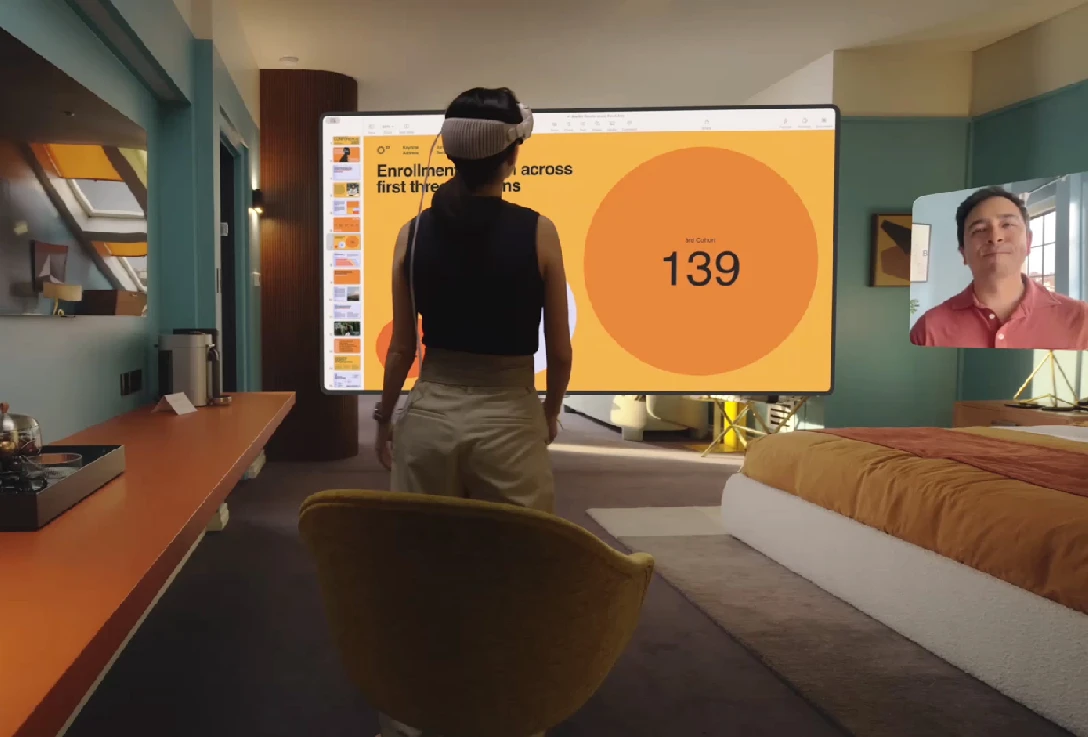
Apple Inc. leads the digital communication evolution with innovations in immersive augmented reality. The groundbreaking Apple Vision Pro headset and visionOS transform FaceTime, setting new benchmarks for interactive business connections. Discover how your company can maximize engagement by adopting scalable AR Code...
App Clip Codes and Apple Vision Codes: anchoring Augmented Reality Experiences on iOS 17 and visionOS
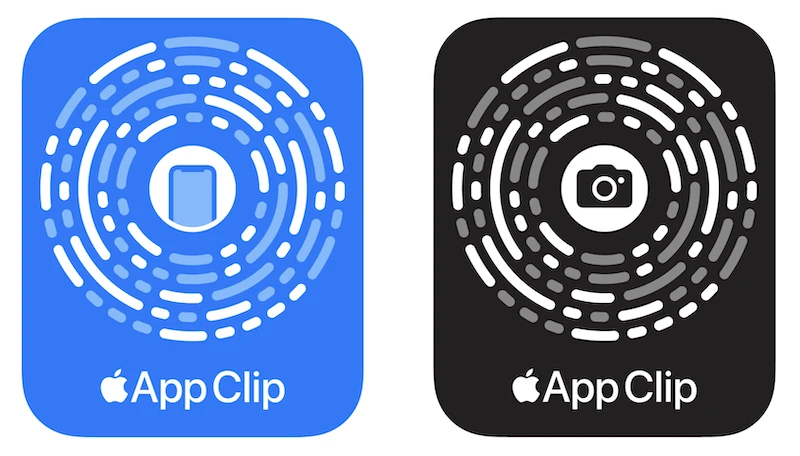
Apple is driving innovation in augmented reality with the unveiling of App Clip Codes and the Apple Vision Pro Headset. Debuting in iOS 14 and elevated with iOS 17, these platforms transform the way businesses utilize AR for seamless customer interactions. With full visionOS and Vision Pro integration, companies can...
Apple Vision Code: The Future of AR and QR Codes on visionOS

The launch of the Apple Vision Pro headset on February 2, 2024, is transforming how businesses adopt augmented reality (AR) and virtual reality (VR). This advanced AR/VR device delivers immersive, interactive features that enable organizations to engage customers, enhance product visualization, and deliver content in...
Augmented Reality Glasses to Replace Smartphones Within 10 Years ?

In the next decade, augmented reality glasses will rival smartphones, opening up unparalleled opportunities for innovative businesses. These advanced AR glasses and headsets seamlessly integrate digital content with real-world environments, transforming communication, customer engagement, and information access....
Apple Vision Pro Headset: A New Era of Augmented Reality
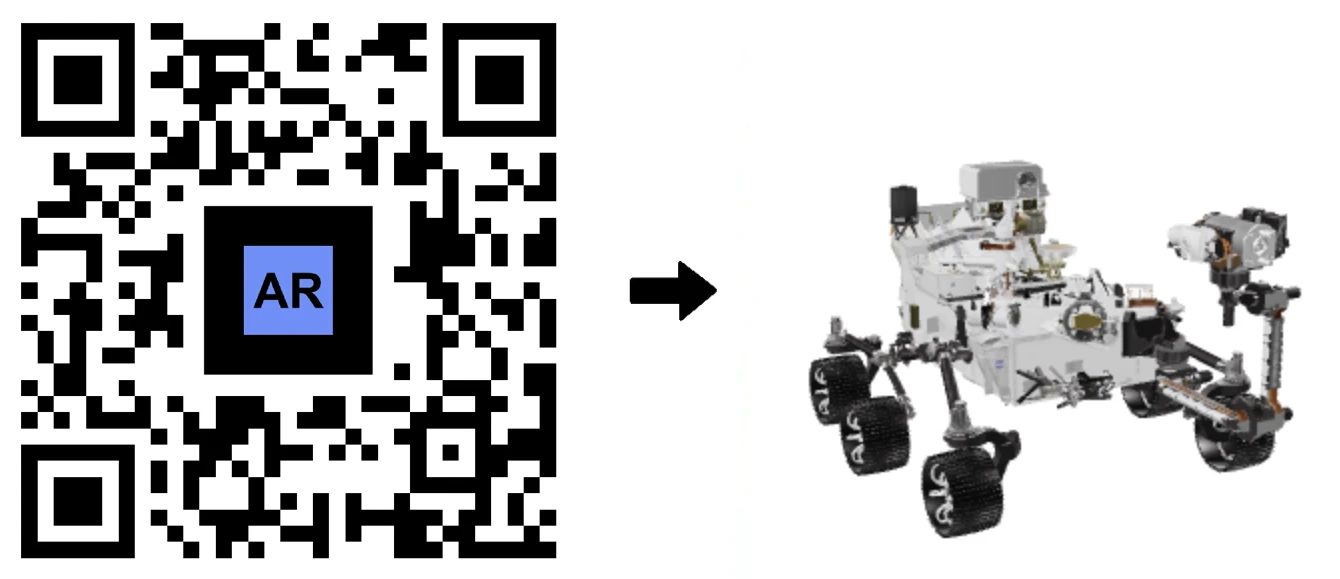
On June 5, 2023, Apple introduced the groundbreaking Apple Vision Pro, a next-generation augmented reality headset set to redefine interactive experiences for businesses and consumers. Officially launching in the US on February 2, 2024, Vision Pro is engineered to drive digital transformation and elevate AR...
141,596 AR experiences
540,698 Scans per day
127,347 Creators



